
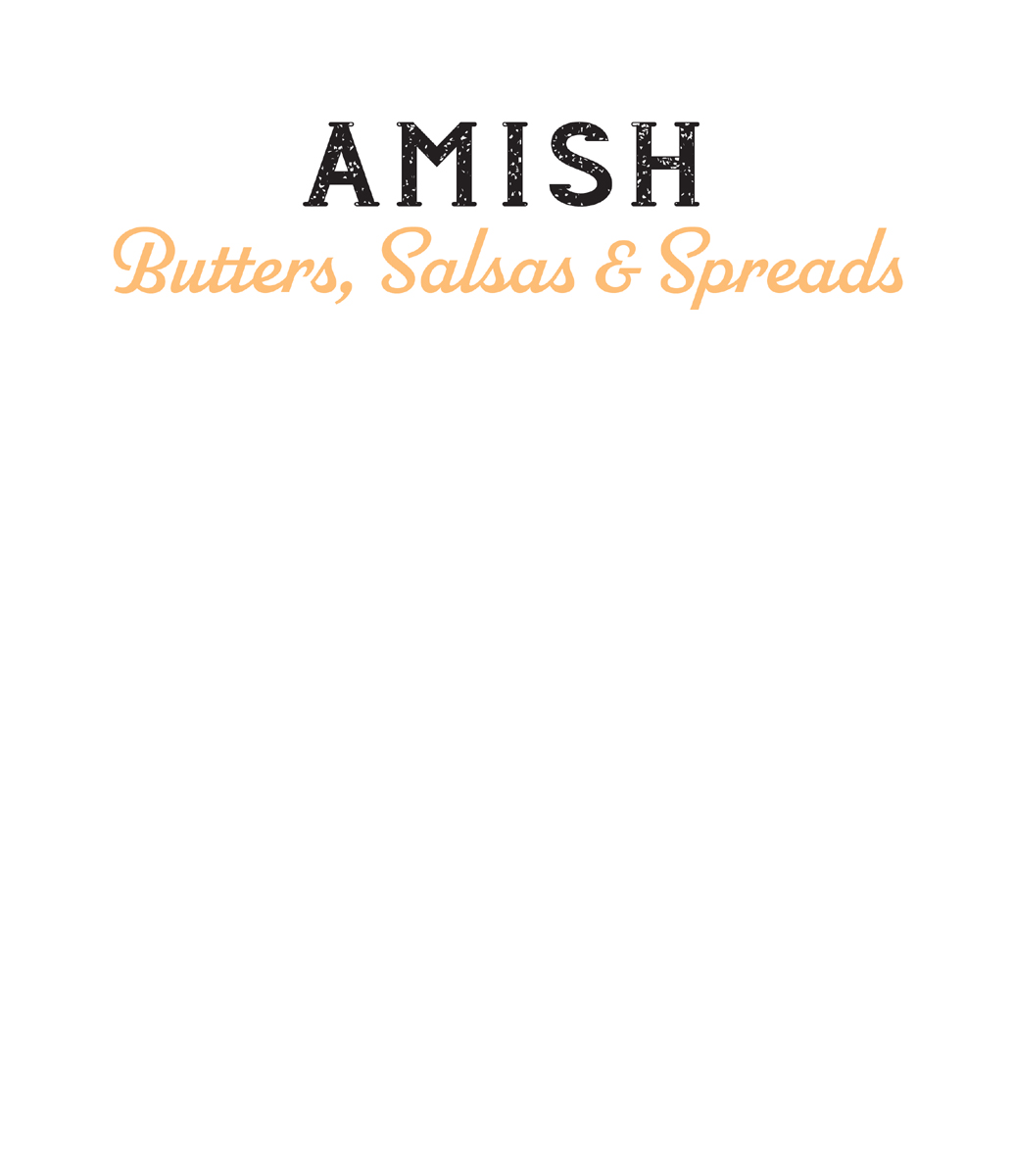
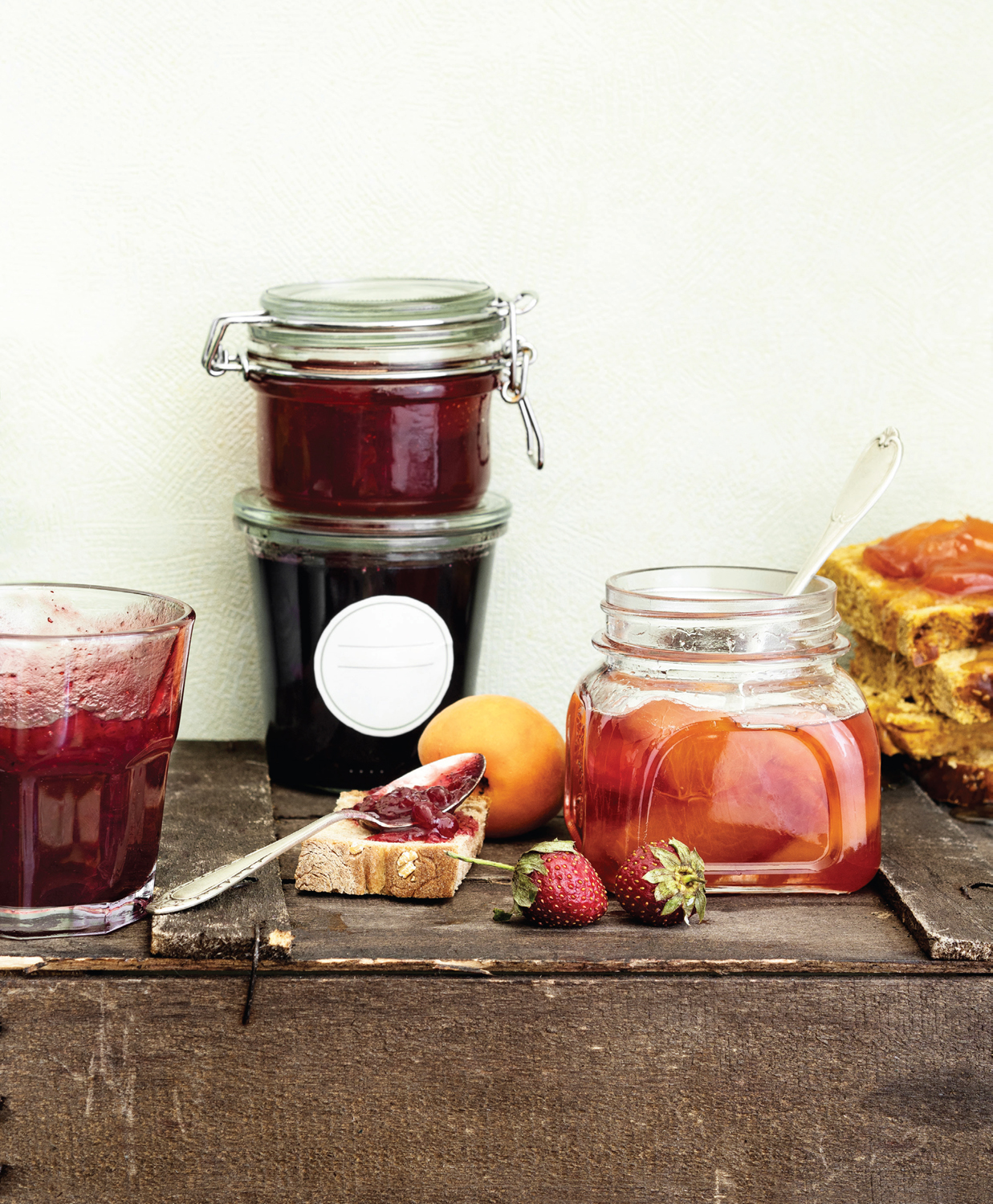
 Copyright 2020 by Laura Anne Lapp All rights reserved. No part of this book may be reproduced in any manner without the express written consent of the publisher, except in the case of brief excerpts in critical reviews or articles. All inquiries should be addressed to Good Books, 307 West 36th Street, 11th Floor, New York, NY 10018. Good Books books may be purchased in bulk at special discounts for sales promotion, corporate gifts, fund-raising, or educational purposes. Special editions can also be created to specifications. For details, contact the Special Sales Department, Good Books, 307 West 36th Street, 11th Floor, New York, NY 10018 or .
Copyright 2020 by Laura Anne Lapp All rights reserved. No part of this book may be reproduced in any manner without the express written consent of the publisher, except in the case of brief excerpts in critical reviews or articles. All inquiries should be addressed to Good Books, 307 West 36th Street, 11th Floor, New York, NY 10018. Good Books books may be purchased in bulk at special discounts for sales promotion, corporate gifts, fund-raising, or educational purposes. Special editions can also be created to specifications. For details, contact the Special Sales Department, Good Books, 307 West 36th Street, 11th Floor, New York, NY 10018 or .
Good Books is an imprint of Skyhorse Publishing, Inc., a Delaware corporation. Visit our website at www.goodbooks.com. 10 9 8 7 6 5 4 3 2 1 Library of Congress Cataloging-in-Publication Data is available on file. Cover design by Daniel Brount Cover image courtesy of Getty Images Interior photos courtesy of Getty Images Print ISBN: 978-1-68099-599-2 Ebook ISBN: 978-1-68099-631-9 Printed in China CONTENTS
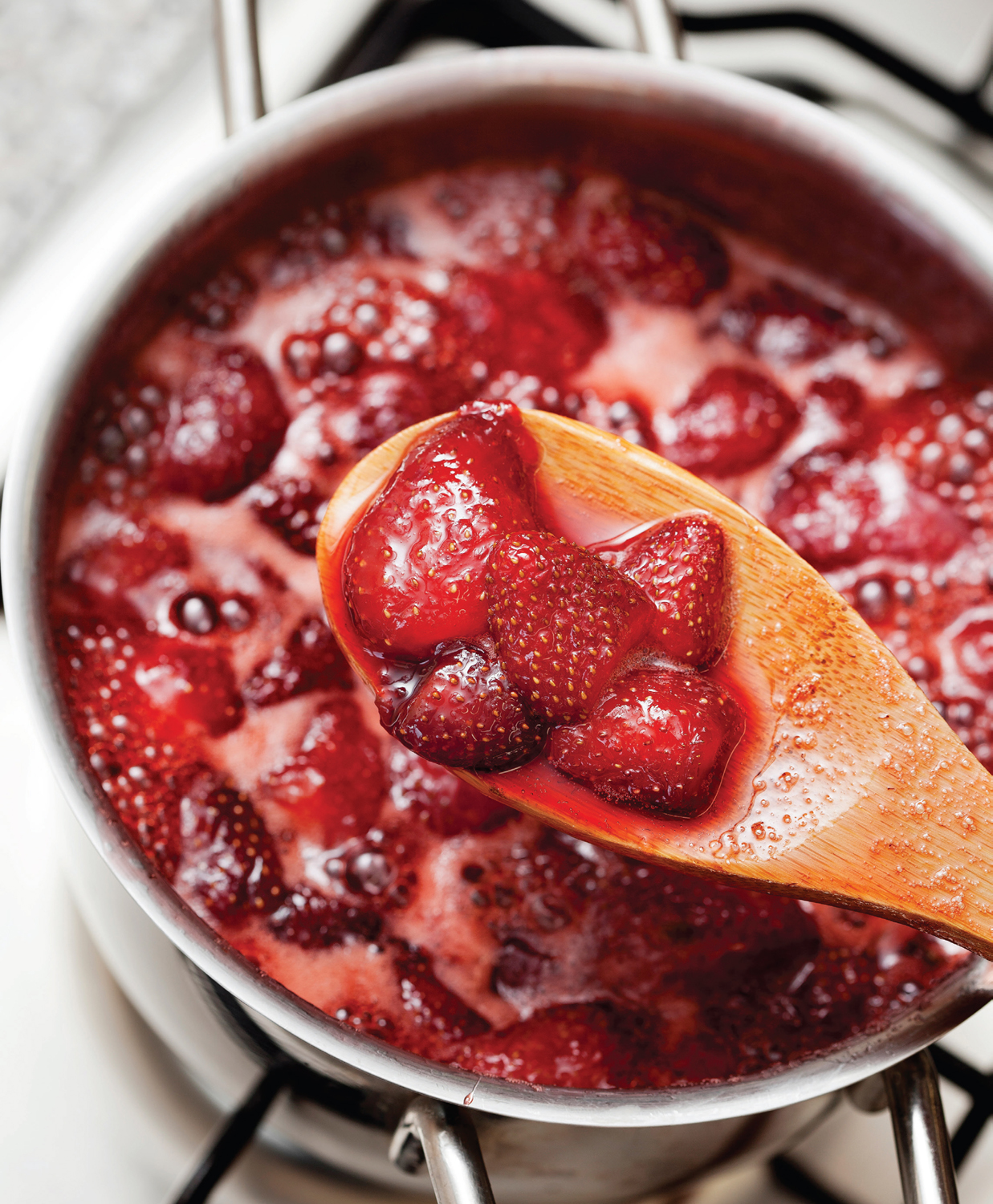 INTRODUCTION
INTRODUCTION The recipes in this book are mostly fun recipes that arent exactly staples in a pantry but definitely add flavor and excitement to many dishes. I like to have some recipes like this on hand for whenever I need a project. Even in wintertime, you can make a fresh batch of fruit spreads or preserves using canned fruits.
The recipes in this book are mostly fun recipes that arent exactly staples in a pantry but definitely add flavor and excitement to many dishes. I like to have some recipes like this on hand for whenever I need a project. Even in wintertime, you can make a fresh batch of fruit spreads or preserves using canned fruits.
Salsa is more of a warm-weather canning project, as youll want to use fresh produce for the best flavor. I hope you enjoy these recipes, and dont forget, homemade, canned foods make great gifts! There are a few recipes in here that are not for canning, such as our traditional cheese and peanut butter spreads we serve at our church lunches. I hope you enjoy those as well. 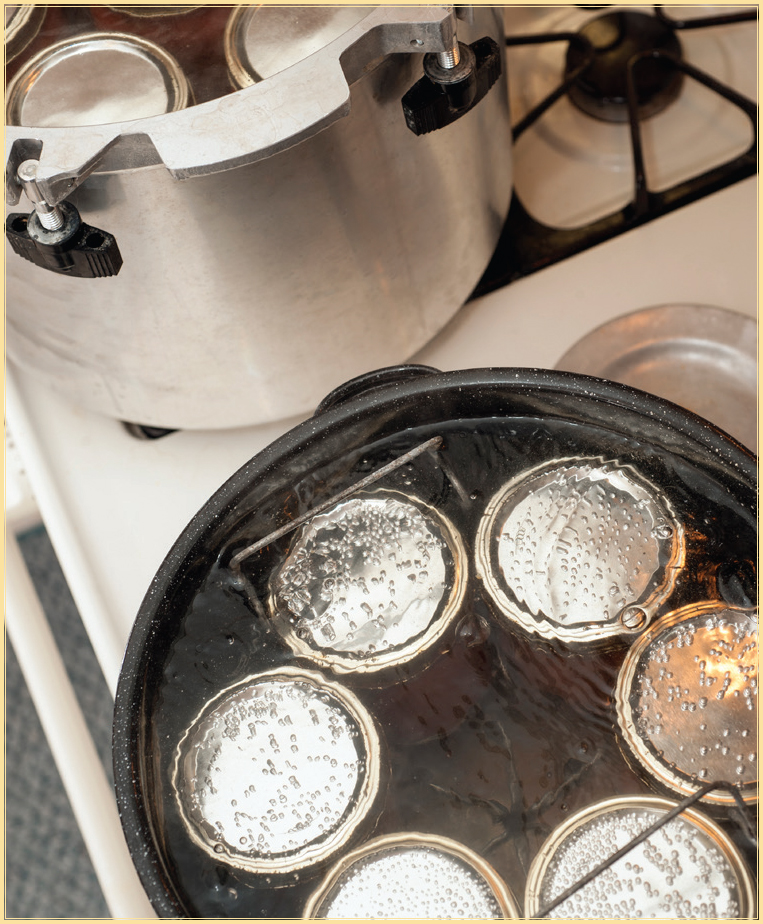 Canning Tools and Equipment Before you begin, there are a few items you will need to acquire if you havent canned before. Most are fairly inexpensive and you can reuse them year after year. Jars and Lids I recommend buying new jars if you havent canned before, because any small chips or cracks can keep the jar from obtaining a tight seal.
Canning Tools and Equipment Before you begin, there are a few items you will need to acquire if you havent canned before. Most are fairly inexpensive and you can reuse them year after year. Jars and Lids I recommend buying new jars if you havent canned before, because any small chips or cracks can keep the jar from obtaining a tight seal.
New jars come complete with lids and rings (also called screw bands). Lids are usually used once, but rings can be reused. Canner or Large Pot I use the boiling-water method to process canned goods. Thats the only way I can, since Amish families dont have electricity in their homes, but plenty of people use pressure canners. A boiling water canner is essentially a large pot that includes a canning rack. I often use my 12-quart stainless steel pot as a canner, especially when doing a small batch of something.
Since I dont have a rack that fits in my pot, I usually put a clean dishcloth on the bottom before I put my jars in. It keeps them from clattering as they boil. Jar Lifter You will also need a jar lifter to remove the jars from the boiling water. They are inexpensive and oh so helpful! Funnel A funnel to get the food into the jars is also very useful, especially when canning jellies and salsas. Canning Tips Heating your jars before filling them is important, not as a means of sterilizing them, but to reduce the stress of temperature change. I usually wash mine in hot water and allow them to air dry.
When filling your jars, be sure to allow inch of headspace (the space between the top of the food and the lid of the jar). Do not fill jars all the way to the top, because the jars wont seal as well, and also it can cause a sticky mess with sugary liquid escaping the jars. Be sure to wipe the rims of the jars well before placing the lids and tightening the rings. The rings dont have to be extremely tightjust use your fingers to tighten them as you would any jar you are closing.  A jar lifter makes removing the jars from the boiling water much easier and safer. The jars should be covered with water after you place them in the canner.
A jar lifter makes removing the jars from the boiling water much easier and safer. The jars should be covered with water after you place them in the canner.
Allow the water to come to a full rolling boil before you start your timer to track the processing time indicated in the recipe. When the processing time is complete, remove jars from canner and allow to stand for 24 hours before moving them to your basement or pantry. Basement storage is ideal as the temperature is often cooler and better controlled. If your jars are sticky or have any residue on the outside, wipe them well before storing. Home-canned food is generally considered safe for one year. Any discoloration or strange smells are obviously not good and indicate that you should discard the food immediately.
All canned food that is opened and not consumed must be refrigerated. 
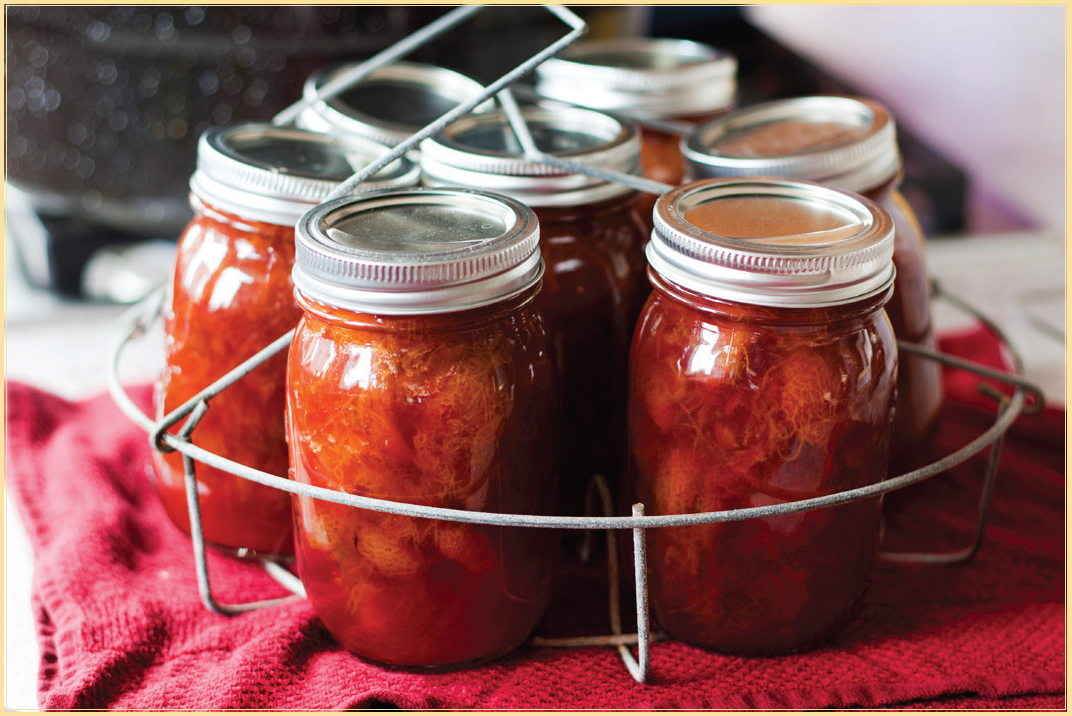 Note: The USDA suggests using water bath canning, as opposed to pressure canning, for preserving foods with high acid levels such as most tomatoes, relishes, jams, jellies, fruit butters, and marmalades. The term pH is a measure of acidity; the lower its value, the more acidic the food. High acid foods (such as most of the ingredients in this cookbook) have a pH of 4.6 or lower. The one exception in this cookbook is tomatoes. Although tomatoes are usually considered a high acid food, some have pH values slightly above 4.6, therefore, in the process of preserving tomatoes, they must be acidified to a pH of 4.6 or lower with lemon juice, vinegar, or citric acid prior to processing.
Note: The USDA suggests using water bath canning, as opposed to pressure canning, for preserving foods with high acid levels such as most tomatoes, relishes, jams, jellies, fruit butters, and marmalades. The term pH is a measure of acidity; the lower its value, the more acidic the food. High acid foods (such as most of the ingredients in this cookbook) have a pH of 4.6 or lower. The one exception in this cookbook is tomatoes. Although tomatoes are usually considered a high acid food, some have pH values slightly above 4.6, therefore, in the process of preserving tomatoes, they must be acidified to a pH of 4.6 or lower with lemon juice, vinegar, or citric acid prior to processing.
Thus, in this book youll see vinegar or some kind of citrus juice added to recipes that include tomatoes.  Salsas Salsa is one of my favorite things to can, especially when my sisters and I get together and spend the day helping each other. Chopping and dicing is so much more fun when done in the company of loved ones. Theres a good collection of salsas in this sectionnot just traditional tomato salsas, but ones that feature a variety of vegetables, and even some fruits! So plan a salsa day with family or friends and get to it!
Salsas Salsa is one of my favorite things to can, especially when my sisters and I get together and spend the day helping each other. Chopping and dicing is so much more fun when done in the company of loved ones. Theres a good collection of salsas in this sectionnot just traditional tomato salsas, but ones that feature a variety of vegetables, and even some fruits! So plan a salsa day with family or friends and get to it! 
Next page



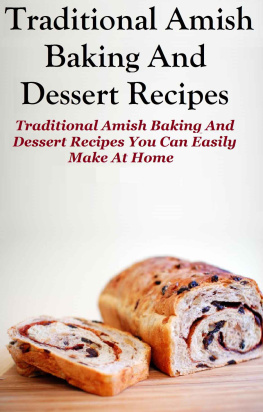
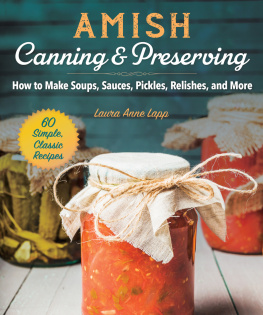
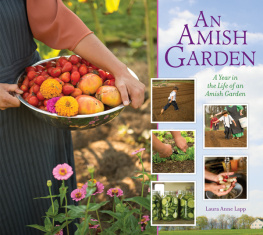

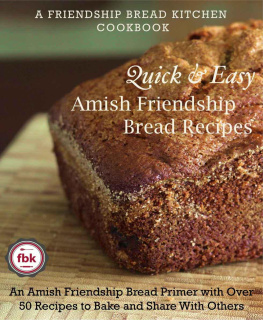
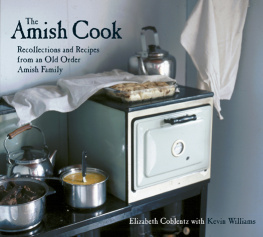
![Beverly M Lewis] - The Beverly Lewis Amish Heritage Cookbook](/uploads/posts/book/96304/thumbs/beverly-m-lewis-the-beverly-lewis-amish-heritage.jpg)
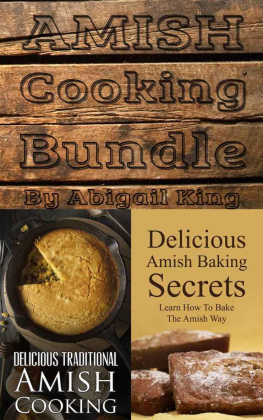
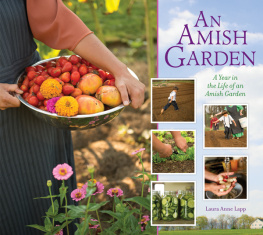



 Copyright 2020 by Laura Anne Lapp All rights reserved. No part of this book may be reproduced in any manner without the express written consent of the publisher, except in the case of brief excerpts in critical reviews or articles. All inquiries should be addressed to Good Books, 307 West 36th Street, 11th Floor, New York, NY 10018. Good Books books may be purchased in bulk at special discounts for sales promotion, corporate gifts, fund-raising, or educational purposes. Special editions can also be created to specifications. For details, contact the Special Sales Department, Good Books, 307 West 36th Street, 11th Floor, New York, NY 10018 or .
Copyright 2020 by Laura Anne Lapp All rights reserved. No part of this book may be reproduced in any manner without the express written consent of the publisher, except in the case of brief excerpts in critical reviews or articles. All inquiries should be addressed to Good Books, 307 West 36th Street, 11th Floor, New York, NY 10018. Good Books books may be purchased in bulk at special discounts for sales promotion, corporate gifts, fund-raising, or educational purposes. Special editions can also be created to specifications. For details, contact the Special Sales Department, Good Books, 307 West 36th Street, 11th Floor, New York, NY 10018 or .
 INTRODUCTION
INTRODUCTION Canning Tools and Equipment Before you begin, there are a few items you will need to acquire if you havent canned before. Most are fairly inexpensive and you can reuse them year after year. Jars and Lids I recommend buying new jars if you havent canned before, because any small chips or cracks can keep the jar from obtaining a tight seal.
Canning Tools and Equipment Before you begin, there are a few items you will need to acquire if you havent canned before. Most are fairly inexpensive and you can reuse them year after year. Jars and Lids I recommend buying new jars if you havent canned before, because any small chips or cracks can keep the jar from obtaining a tight seal. A jar lifter makes removing the jars from the boiling water much easier and safer. The jars should be covered with water after you place them in the canner.
A jar lifter makes removing the jars from the boiling water much easier and safer. The jars should be covered with water after you place them in the canner.
 Note: The USDA suggests using water bath canning, as opposed to pressure canning, for preserving foods with high acid levels such as most tomatoes, relishes, jams, jellies, fruit butters, and marmalades. The term pH is a measure of acidity; the lower its value, the more acidic the food. High acid foods (such as most of the ingredients in this cookbook) have a pH of 4.6 or lower. The one exception in this cookbook is tomatoes. Although tomatoes are usually considered a high acid food, some have pH values slightly above 4.6, therefore, in the process of preserving tomatoes, they must be acidified to a pH of 4.6 or lower with lemon juice, vinegar, or citric acid prior to processing.
Note: The USDA suggests using water bath canning, as opposed to pressure canning, for preserving foods with high acid levels such as most tomatoes, relishes, jams, jellies, fruit butters, and marmalades. The term pH is a measure of acidity; the lower its value, the more acidic the food. High acid foods (such as most of the ingredients in this cookbook) have a pH of 4.6 or lower. The one exception in this cookbook is tomatoes. Although tomatoes are usually considered a high acid food, some have pH values slightly above 4.6, therefore, in the process of preserving tomatoes, they must be acidified to a pH of 4.6 or lower with lemon juice, vinegar, or citric acid prior to processing. Salsas Salsa is one of my favorite things to can, especially when my sisters and I get together and spend the day helping each other. Chopping and dicing is so much more fun when done in the company of loved ones. Theres a good collection of salsas in this sectionnot just traditional tomato salsas, but ones that feature a variety of vegetables, and even some fruits! So plan a salsa day with family or friends and get to it!
Salsas Salsa is one of my favorite things to can, especially when my sisters and I get together and spend the day helping each other. Chopping and dicing is so much more fun when done in the company of loved ones. Theres a good collection of salsas in this sectionnot just traditional tomato salsas, but ones that feature a variety of vegetables, and even some fruits! So plan a salsa day with family or friends and get to it! 